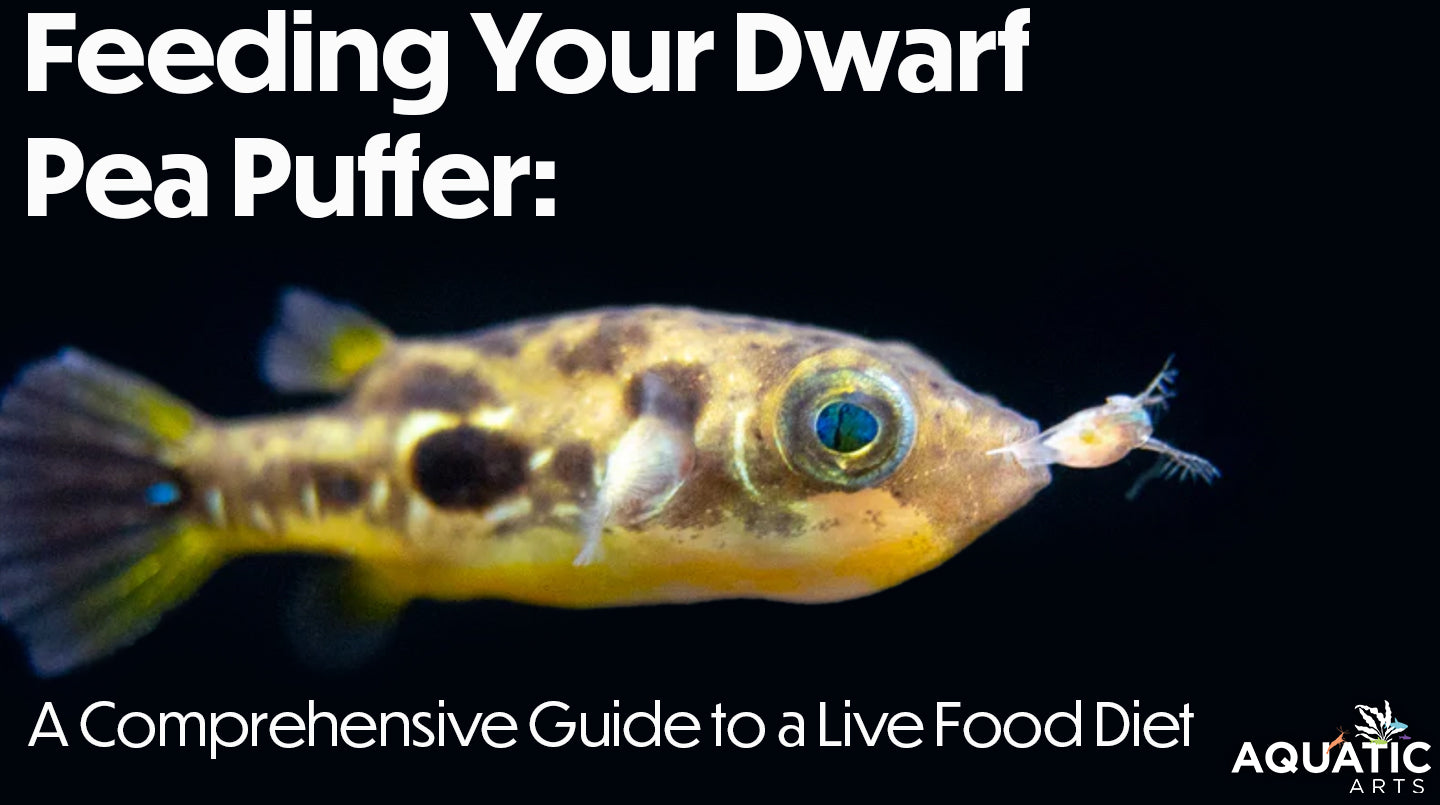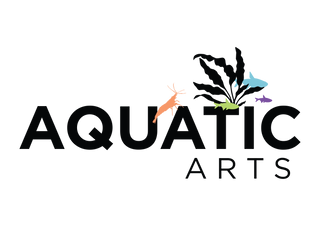Feeding Your Dwarf Pea Puffer: A Comprehensive Guide to a Live Food Diet

Feeding Your Dwarf Pea Puffer: A
Comprehensive Guide to a Live Food Diet
.

Pea Puffers are very curious little fish always eyeing a possible snack like this plant hitching Bladder Snail.
.
Are you looking for ways to diversify your freshwater dwarf pea puffer’s diet? As carnivorous fish, dwarf pea puffers require protein-rich live foods to thrive. In this article, we’ll explore different types of live foods that you can feed your freshwater dwarf pea puffer to ensure a healthy and happy life.
.
Introduction
Dwarf pea puffers, also known as Carinotetraodon travancoricus, are tiny freshwater fish that are gaining popularity among fish-keeping enthusiasts. These fish are known for their unique personalities, striking colors, and relatively low-maintenance requirements. However, they require a specific diet that includes live foods to stay healthy.
.
Pea Puffers generally do not accept dry foods. Pellets and flake foods will go by unnoticed. Most times these fish must be started on a live food such as brine shrimp, daphnia, blackworms, or pest snails and then slowly transitioned over to frozen or freeze dried foods.
.
.
Types of Live Foods
.
1. Brine Shrimp
Brine shrimp are small, freshwater crustaceans that are a great source of protein for dwarf pea puffers. They are easy to culture at home and can be purchased frozen or live at most pet stores. Brine shrimp are high in nutrients and can help enhance the coloration of your fish.
.
2. Daphnia
.
Daphnia are tiny, planktonic crustaceans that are also an excellent source of protein for dwarf pea puffers. They are easy to culture at home and can be purchased frozen or live at some pet stores and at Aquatic Arts. Daphnia are high in fiber and can help with the digestion of other foods.
.

A culture of Daphnia can be maintained in any size container. We recommend containers with a volume of at least 1 gallon to house 100 Daphnia.
.
.3. Bloodworms
Bloodworms are the larvae of midge flies and are another excellent source of protein for dwarf pea puffers. They are easy to culture at home and can be purchased frozen or live at most pet stores. Bloodworms are high in fat and should be fed in moderation.
.
4. Snails
.
Ramshorn Snails
.
Ramshorn snails are popular live food for dwarf pea puffers due to their soft shells and easy availability. They come in various colors, including red, blue, and brown.
.

Pea Puffers are also shoaling fish and are most comfortable when in a group of at least six, although more is better. A group of six should be kept in a 20 gallon tank minimum.
.Malaysian Trumpet Snails
.
and aerate the aquarium soil. They have a long, spiral shell and can reproduce quickly in a well-maintained aquarium.

Malaysian trumpet snails can overpopulate any tank very quickly. The main reason is almost always – overfeeding. They are hard to eliminate, as mentioned before females give birth without ever mating. So even one tiny solitary snail is enough to make a large population.
.
Bladder Snails
.
.

Bladder, ramshorn, and Malaysian trumpet snails are often called pest snails in the aquarium hobby because they reproduce very quickly and are difficult to remove once introduced to a fish tank.
.
Note: It’s important to ensure that the snails you feed to your dwarf pea puffer are healthy and free from any parasites or diseases.
You can also culture your own snails at home to ensure a constant supply of fresh live food for your fish
5. Blackworms
Blackworms are another type of freshwater worm that is high in protein and fat. They are easy to culture at home and can be purchased frozen or live at most pet stores. Blackworms can help enhance the immune system of your fish and promote overall health.
.
6. Scuds
Scuds are detritivores that primarily feed on decaying plant matter and scavenge. In the aquarium, Scuds are a superb food source for micropredators, especially small fish. They will reproduce at a very prolific rate, and one starter culture is often enough to produce a virtually endless supply of live food, especially if cultivated in a separate tank where they are not outnumbered by predators.

Scuds mainly inhabit the substrate of the water column, but can also be found on plants and hardscape items. While they are considered generally harmless, they can easily overrun an aquarium with too few predators keeping the population in check.
.
Conclusion
Dwarf pea puffers are carnivorous fish that require a specific diet that includes live foods to stay healthy. By incorporating a variety of live foods into their diet, you can ensure that your fish receive all the necessary nutrients to thrive. Brine shrimp, daphnia, bloodworms, Grindal worms, blackworms, and Mysis shrimp are all excellent options to consider. Experiment with different types
of live foods to find out what your freshwater dwarf pea puffer enjoys the most.
.
FAQs
1. Can I feed my dwarf pea puffer only live foods?
.
4. Can I feed my dwarf pea puffer freeze-dried or frozen live foods?
.
You can also culture your own snails at home to ensure a constant supply of fresh live food for your fish





